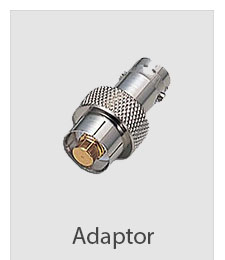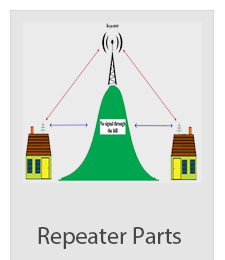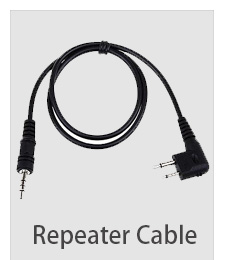How do I know which cables to use
The cable selection at the electronics store could be renamed the "wall of confusion." Not only are there dozens of different kinds of audio/video cable -- some for stereos, some for home theaters, some for HDTVs and some for … who the heck knows? Even if you're lucky enough to find the cable you need, you still have to decide between super expensive and suspiciously cheap.
And then there's the salesman. "Have you heard of silver-plated connectors?" What? "If you're buying speaker wire, then you should also buy these stands that keep the wire from touching the floor." Why? "The more expensive the cable, the better the sound." Really?
In this article, we're going to give it to you straight. We'll explain, in simple terms, what each type of audio/video cable does and where it should be used. Along the way, we'll debunk some cable myths, starting with the idea that the most expensive cable is the best.
The role of cable is to carry an audio or video signal from one device to another. Cables carry signals between DVD players and TVs, stereo receivers and speakers, and computers and video projectors. Cables don't change the nature of the audio or video signal they carry. They don't convert or process signals in any way. That's the job of the devices on either end. The cable itself is just the messenger.
Cables are made up of three basic parts: conductor, shielding and connector [source: Graves]. The conductor is the wire that actually carries the signal. One or more layers of shielding prevent the wire from acting as an antenna that picks up radio frequency interference (RFI) and electromagnetic interference (EMI) [source: Graves]. The connector is the plug at the end of the cable that connects to your device.
Cables are important components of any home stereo or home theater setup. If you don't use the right cables for the right job then you could end up with subpar sound or picture quality. And if you use cables that are damaged or otherwise junky, you could really end up with a lousy experience. For audiophiles, using low-end cables with a $5,000 plasma HDTV is like putting crappy tires on a Ferrari.
Some audio/video experts argue that consumers should spend 20 percent of their total system cost on cables alone [source: Rushing]. The truth is that many cheaper cables offer a listening/viewing experience that most consumers could never tell from the really high-end cables [source: Rothman].
To keep things simple, we're going to break down the overwhelming amount of cable types into three categories: audio-only, video-only and audio/video cables that carry both sound and picture.
|

















